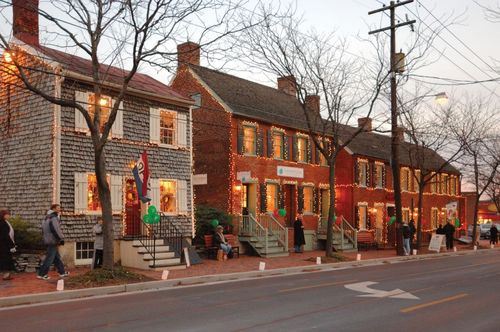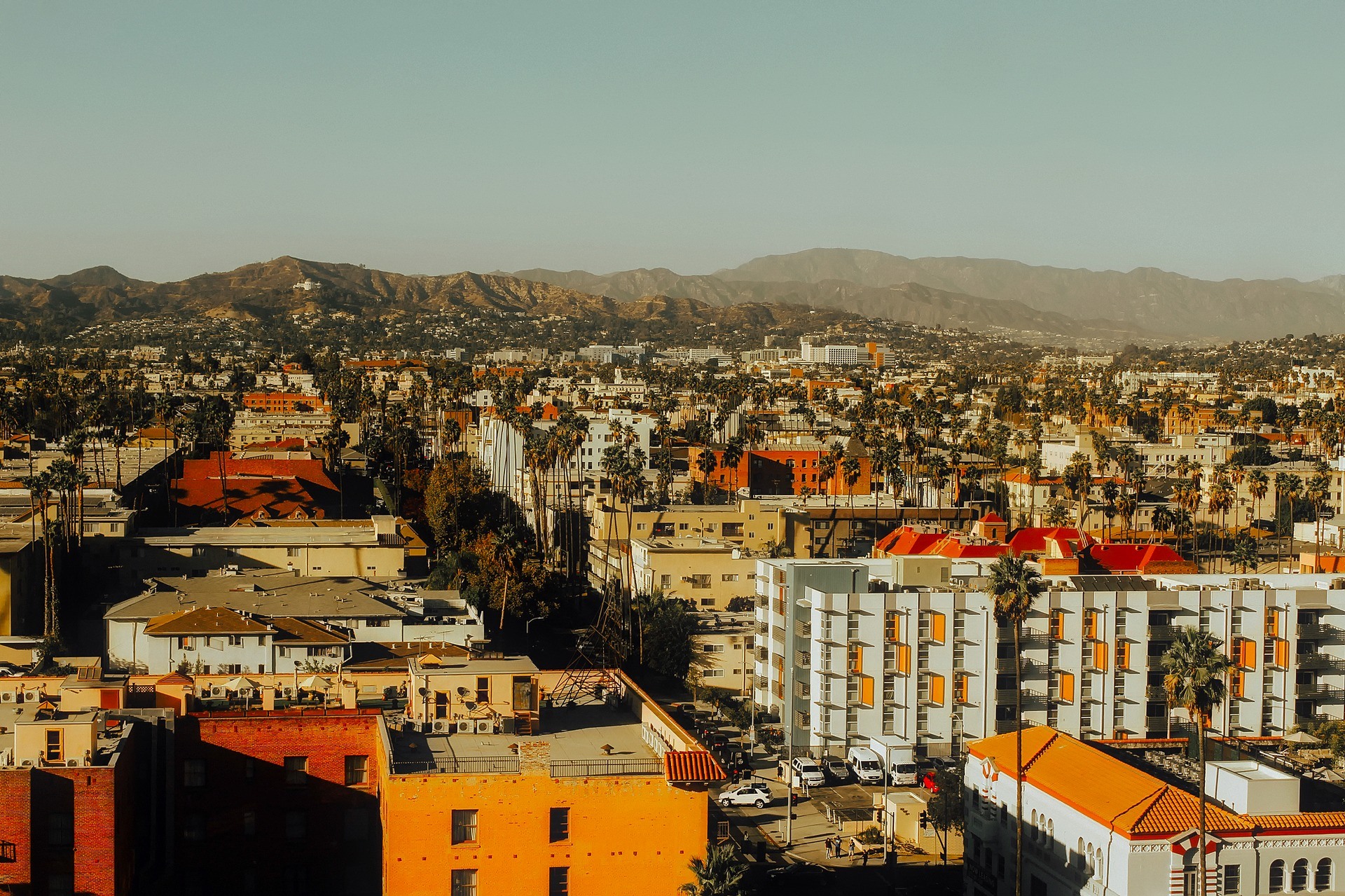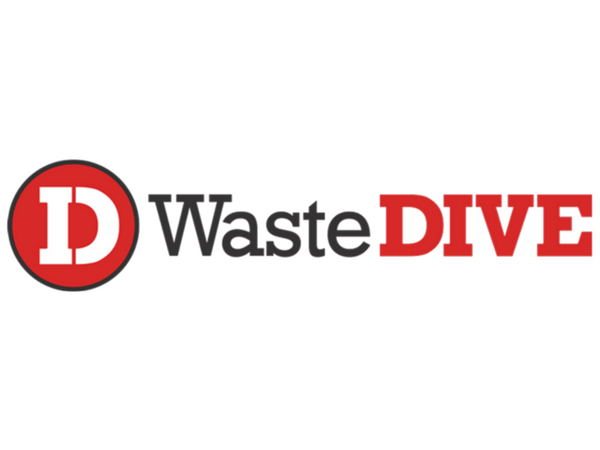Twelve and a half years ago, Frederick County proposed to build a 1,500 ton-per-day garbage incinerator to manage its waste. The County was forced to kill the proposal 2.5 years ago when organized citizens pointed out the financial risks.
The City of Frederick, with 70,000 of the County’s 250,000 population, its own collection crews, landfill and budget, may be the key to stimulating progress and set the stage for countywide waste reduction, increased jobs and budgetary savings. The City can build the necessary infrastructure needed to get to the highest levels of waste reduction and recycling – infrastructure that can also serve as anchor for advanced diversion in the County.
There are three direct tried-and-true core components to follow for success. They are C&D, SMART and composting.
Construction & Demolition (C&D) Materials:
Construction and Demolition (C&D) materials are easily recycled. The national average for recycling C&D materials is estimated at 70%; much of it spurred by new municipal permit regulations. One such policy is a simple ordinance to require any company taking down or constructing a building, public or private, to put down a bond. The bond would be reimbursed once the contractor shows that at least 50% (some communities require 75%) of the materials (soil, wood, concrete, asphalt, cement) have been delivered to a C&D recycling facility. Some also require deconstruction to recover reusable building materials prior to the recovery of materials for new construction projects. Deconstruction and demolition recycling save builders and demolition contractors money on each project and lower the cost of construction in the local economy.
Save Money & Reduce Trash (SMART):
SMART is a unit pricing system for garbage that also acts as an incentive to recycle at curbside as well as home compost. Over 7,000 cities and towns of all sizes use SMART (also called Pay As You Throw, PAYT, or Save As You Throw, SAYT). Most have doubled their recycling rate in one year. Others have seen a 40% cost reduction in solid waste management, as residents’ purchasing habits change when they have to pay for the garbage they generate. The basic principle is sound: the more garbage you create, the more you pay, similar to water and energy utilities. Backyard composting is free to residents, while curbside recycling can be free or offered at a lower price. There are techniques for reducing the burden of unit pricing on low-income residents. SMART can also help cities introduce co-collection of garbage, recyclables and organic materials from households with compartmentalized trucks, to cut down on truck traffic. Toronto does this. Cities in Norway, Sweden and France don’t use special trucks; in their SMART systems, they co-collect trash and recyclables by using different color-coded bags for each. Co-collection dramatically reduces overall collection costs and allows workers to be reassigned to other labor-intensive tasks such as litter, alley and storm cleanup.
Each city needs its uniquely design SMART system. There are expert SMART consultants at affordable rates available to assist cities. Both Connecticut and Rhode Island engage a consulting firm to provide SMART planning assistance to their cities.
Multi Level Composting:
Over 200 cities in the US now collect source-separated food scraps and other organics from households at curbside for composting. Given that one-third to one-half of trash is compostable, programs focused on reduction and recovery of food scraps, yard trimmings, soiled paper, and scrap wood are vital to reaching high diversion levels.
According to Brenda Platt, ILSR’s Composting for Community Project Director, composting can be small scale and large scale and everything in between but too often home composting, onsite composting, community scale composting, and on-farm composting are overlooked. ILSR’s new Hierarchy to Reduce Food Waste & Grow Community illustrates what a diverse and distributed food waste reduction and recovery infrastructure might look like. Home and community scale composting are prioritized, after source reduction and edible food rescue.
- Backyard composting is among the simplest ways to remove materials from the waste stream with minimal or no cost. A household can eliminate 15% of its waste, permanently, through backyard composting. Some cities provide incentives for backyard composting through training workshops, reduced cost composting bins, and rebates for purchasing composting bins. In addition to reducing waste management costs, backyard composting is a terrific way for children to learn about natural processes, soil, micro-organisms, and nature in general. Nature deficit disorder is avoided in kids who compost.
- Community scale composting is linked to gardening and food production. Communities can reduce public costs, train leaders, engender community spirit and equity, and address lack of fresh food in urban food deserts. Community scale composting can be volunteer based but it can also create jobs and start careers. In Curtis Bay, Baltimore, the Chesapeake Center for Youth Development, in collaboration with ILSR, is launching a community scale food scrap collection and composting operation at the Filbert Street Garden. Youth workers will use bike power to collect materials in the pilot project. In DC, the Department of Parks & Rec has established community compost cooperatives at more than 40 community gardens throughout the City. Each site acts as a drop-off for food scraps and some accept loads from Compost Cab, a small-scale niche food scrap collection service provider. In order for community scale composting to be successful, trained operators are needed. To fill this void, ILSR offers a Neighborhood Soil Rebuilders (NSR) composter training program, which has been replicated in Atlanta, Baltimore, and elsewhere. Indeed, two Frederick graduates of the program – Phil Westcott and Lacey Walker – are already key players in advancing composting in the Frederick, Maryland. Funding to replicate the NSR program in Frederick could play a major role in expanding small-scale composting.
- One or more small- to mid-sized composting sites will be needed to accommodate all the food scraps and yard trimmings generated from the residential and commercial/institutional sectors. Farmers could be tapped, resourced, and trained to play a role. Key City Compost, is a new Frederick-based operation led by Phil Westcott, offering food scrap collection for composting at Fox Haven Farm and other area organic farms. The City could support this effort with financial and other assistance. A facility could also potentially be located on closed landfill space to be operated by City of Frederick or a private firm under contract with the City.
In 2016, ILSR helped Montgomery County, MD, pass a composting bill which requires the County to develop an organics recycling strategy that considers food rescue, backyard composting, community scale composting, on-site institutional and commercial composting, on-farm composting, and local use of compost in order to support soil health and Montgomery County’s stormwater management program. The law may be the first in the country to stipulate a diverse and distributed plan.
Composting can be a major employment stimulus for Marylanders. According to ILSR’s 2013 report, Pay Dirt: Composting in Maryland to Reduce Waste, Create Jobs & Protect the Bay, if the estimated one million tons of organic materials now disposed in Maryland were composted and the resulting compost used within the state, almost 1,400 new full-time direct jobs will be created, paying wages from $23 million-$57 million.
In addition, compost applied to soils conserves water, improves soil fertility and protects the climate.
By investing in recycling, the City of Frederick can lead the County out of its garbage dilemma and meet the wishes of its citizens. The City will also have heeded the wisdom of Edmund Burke, American patriot, founder of modern conservative political theory: “Citizens want their elected officials to do today what they would want to have done 10 years hence.”
Photo Credit: David Bruce Jr. via Flickr (CC 2.0).
Follow the Institute for Local Self-Reliance on Twitter and Facebook and, for monthly updates on our work, sign-up for our ILSR general newsletter.





